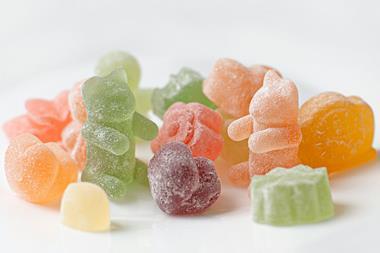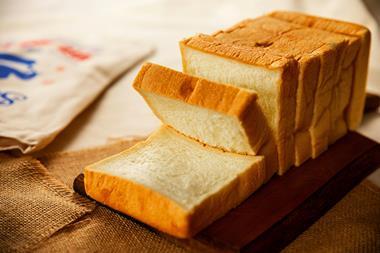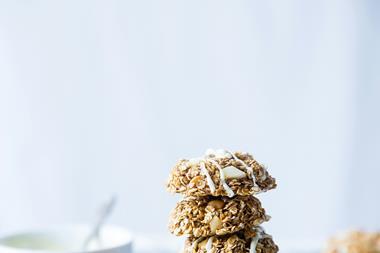
Focus On: Infant and Child Care by Natalie Brown
Find feature synopsis PDF here
Publishing: 17 February
Advertising deadline: 6 February
Submissions deadline: 30 January
The Story
Despite baby food’s struggles, baby snacks remain on the up, and baby toiletries have been revived by big brand NPDs that sent value sales soaring. However several sectors have been flipped on their head, with previous drivers of growth baby food and health care dropping into the negative in both value and volumes.
So why the change in baby care? To what extent are price increases to blame for the categories’ flailing sectors, and what happened to shopper’s looking for pricier, premium baby food products?
Key themes:
Toiletries: Baby toiletries are the categories’ fastest growing sector. Big brands have been integral to toiletries growth, launching baby skin and haircare lines in 2017,. Shoppers are increasingly looking for baby toiletry products that are marketed as ‘natural’, who is capitalising on this, and will the trend continue this year?
Baby food: What happened to 2016’s flourishing sector? How are some brands bucking the trend and with significant growth, succeeding where others are failing?
Baby milk: Baby milk has been hit hard by new rules from the Chinese Food and Drug Administration banning individuals from bringing British-bought formula into the country in their luggage. Rising prices spurred by RTD launches and Brexit have also contributed to the category growth slowing.
Nappies: Nappies are once again driving decline for the category, fuelled by price wars between grocery and discounters, as well as lower volumes of purchases per shopper. Discounters look to be winning the race, with 350,000 more shoppers buying nappies from Aldi and Lidl this year. Where are opportunities being missed by the mults, and with both brands and own label nappies dropping in value and volumes, what will it take to revive the sector?
Innovation: This will be key to this feature. Investigate which NPDs have shaped the category over the past year, ongoing trends and what’s in store for shoppers in 2018. We will be profiling four of the most interesting launches in a separate innovation panel.
Own label: Though growth has slowed, own label is still up 0.5% in value sales. Price increases across branded products may go some way to explain shopper’s rising inclination towards own label but are other factors are at play? How can brands claw back shoppers?
Price/promotions: The prevailing trend across retail to reduce volume-based promotions has clearly affected the amount bought by shoppers per trip, with total volumes down. Promotion values are down and total average prices are up, driven by brands. Nappies and baby wipe prices are the only sectors that dropped average prices this year, with baby milk prices soaring. How does retailer strategy need to change to power category growth, and which factors will affect prices this year?
Retail share: Aldi is the clear winner for the category once again, with an overtrade index of 453. The launch of its OL Mamia baby range has boosted Aldi’s credentials in baby care. While the discounters focus on quality and value credentials to draw in sales, Tesco was the only retailer in the top 4 to increase its market share. Where are the mults going wrong?
Advertising and marketing: This feature will also investigate how the marketing and advertising strategies of the category’s biggest players have evolved over the past year and how they will develop in the coming year to sustain growth or return brands to growth.
Key questions the feature is likely to address:
- What consumer trends have impacted the category over the past year?
- How have promotional strategies (both in terms of price and marketing) evolved?
- How have individual retailers’ strategies impacted the market?
- How has merchandising changed in the market?
- What impact has own-label had on branded players?
- What’s next for the category?
Downloads
Focus on Infant
PDF, Size 0.37 mb









No comments yet